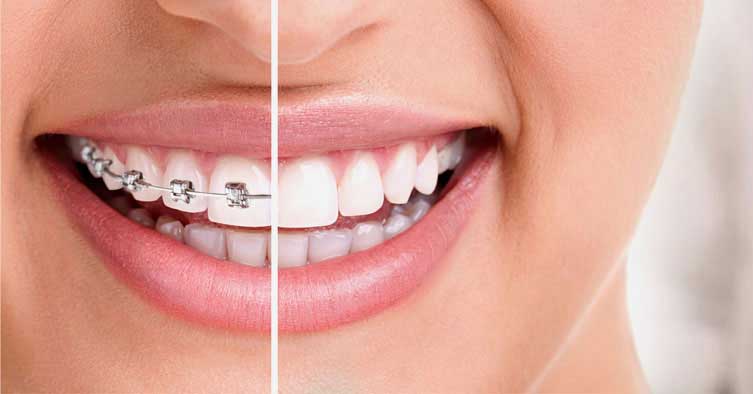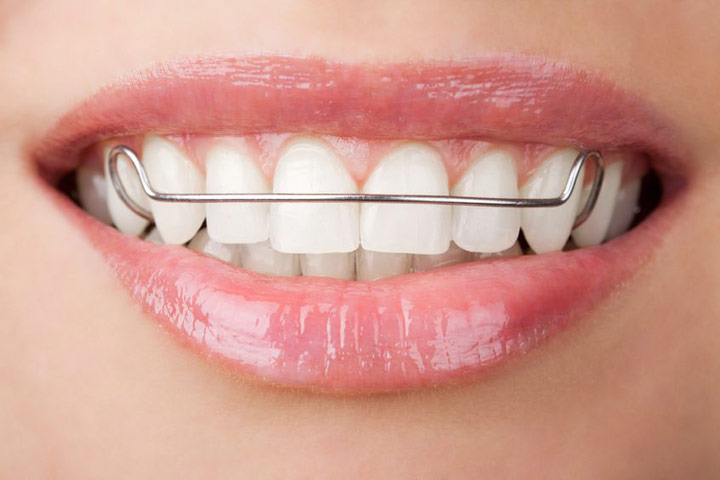Welcome to Bespoke Dental Studio’s guide on two of the most popular orthodontic treatments available today: Invisalign and traditional braces. As we step into 2023, the decision between these two can be a pivotal one for anyone dreaming of a flawless smile. In this guide, we will delve into the nuances of Invisalign and braces, helping you make an informed choice that aligns with your dental goals and lifestyle.
Invisalign: Revolutionising Orthodontics with Comfort and Convenience
Invisalign has transformed orthodontic treatment by offering a virtually invisible way to straighten teeth. These clear aligners are custom-made for a snug fit, ensuring maximum comfort. Here’s why Invisalign could be your choice for 2023:
• Aesthetics: The clear design of Invisalign aligners means they are hardly noticeable, a significant advantage for adults and teens who are self-conscious about their appearance.
• Comfort: With no wires or brackets, Invisalign reduces the discomfort often associated with traditional braces.
• Convenience: These aligners are removable, making eating, brushing, and flossing much simpler.
• Customized Treatment Plans: Using advanced 3D imaging technology, Invisalign aligners are tailored to your unique dental structure.
Traditional Braces: Time-Tested Effectiveness
Traditional braces have been the cornerstone of orthodontics for decades. Here’s why they continue to be a reliable choice:
• Versatility: Braces are effective for a wide range of orthodontic issues, including complex dental alignments.
• Predictability: With braces, outcomes are highly predictable, especially in cases of severe misalignment.
• Cost: Generally, traditional braces can be more cost-effective than Invisalign.
Analysis: Invisalign vs Braces
When comparing Invisalign and braces, consider these factors:
• Treatment Duration: Invisalign often promises shorter treatment times compared to braces, depending on the complexity of the case.
• Maintenance: Invisalign requires diligent maintenance, including regular cleaning of the aligners. Braces, on the other hand, demand careful brushing and flossing around wires and brackets.
• Lifestyle Adaptation: With Invisalign, you must be disciplined about wearing the aligners for the recommended 22 hours a day. Braces are non-removable and constantly work on your teeth.
• Visibility: If you’re concerned about the visibility of your orthodontic treatment, Invisalign offers a discreet solution.
Empowering Your Smile Journey
Choosing between Invisalign and braces is a decision that should align with your lifestyle, orthodontic needs, and aesthetic preferences. At Bespoke Dental Studio, we understand the importance of this choice and are here to guide you through every step. Remember, whether it’s the invisible convenience of Invisalign or the reliability of traditional braces, your journey to a perfect smile is a personal one.
We invite you to Book an Appointment with our team today to discuss our Orthodontic solutions.



